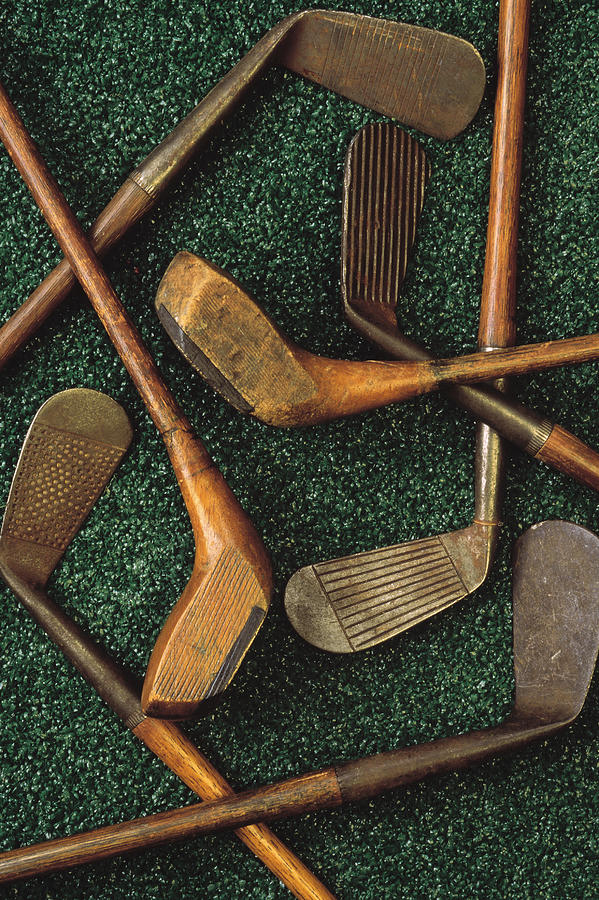Milled Vs Insert Putters : Milled putters are precision-crafted from a single piece of metal, providing a consistent feel and sound, while insert putters feature a soft material insert in the clubface for improved forgiveness and feel. When choosing between milled and insert putters, it’s important to consider factors such as feel, sound, forgiveness, and personal preference.
Both types of putters have their own advantages and drawbacks, so understanding the differences can help golfers make an informed decision. Milled putters are known for their solid feel and consistent performance, while insert putters offer enhanced forgiveness on off-center hits.
By exploring the unique characteristics of these putters, players can find the best option to improve their putting game. This article will delve deeper into the distinctions between milled and insert putters, enabling golfers to make an educated choice based on their specific needs and preferences.
Understanding Milled Putters
Considering milled putters, the debate between milled and insert putters arises. Milled putters are crafted from a single block of metal, offering a solid, consistent feel and enhanced precision. On the other hand, insert putters feature a softer feel due to the inclusion of a soft layer between the face and the body.
| Milled Putters | Insert Putters |
| – Precision CNC milled from a solid block of metal | – Cast from a mold and then have a face plate inserted |
| – Provide exceptional feel and responsiveness | – Can lack the same level of feedback and feel as milled putters |
| – Aesthetic customization options such as personalized engravings or unique finishes | – Limited customization options due to the casting process |
Insights Into Insert Putters
Milled putters have gained popularity due to their precision and craftsmanship. However, insert putters offer unique advantages that are worth considering. These putters are designed to provide enhanced forgiveness and consistency, allowing golfers to achieve better results on the green. The use of insert technology also contributes to improved sound and feel, which can enhance a player’s confidence and overall performance. Additionally, insert putters are known for their ability to deliver enhanced roll and distance control, making them a valuable option for golfers seeking to improve their putting game.
Factors Affecting Performance
Face insert materials: The choice of face insert materials can significantly impact the performance of putters. Different materials have distinct properties that affect feel, sound, and responsiveness. Golfers should consider the feedback they seek from the putter face and select the appropriate insert material accordingly.
Head design and weight distribution: The putter head and weight distribution design play a crucial role in determining its performance. Milled putters offer precise weight distribution, while insert putters can provide forgiveness and enhanced stability. Golfers need to assess their putting stroke and select a putter design that complements their style.
Stroke style and personal preference: Individual putting style and personal preference are important factors when choosing between milled and insert putters. Golfers should consider their stroke arc, alignment tendencies, and the feel they desire in a putter. Experimentation and a thorough understanding of one’s own preferences are key in making an informed decision.

Credit: m.youtube.com
Frequently Asked Questions For Milled Vs Insert Putters
What Is The Difference Between A Milled Putter And An Insert Putter?
A milled putter is crafted from a single block of metal, offering a softer feel, while an insert putter features a face insert for enhanced forgiveness and feel. The choice between the two ultimately depends on personal preferences and playing style.
Are Milled Putters Better Than Insert Putters?
Milled putters provide a smooth, consistent feel and are favored for their precision and craftsmanship. On the other hand, insert putters offer added forgiveness and consistency on off-center strikes. Ultimately, the choice between the two comes down to personal preference and individual putting style.
How Do Milled Putters Differ In Performance From Insert Putters?
Milled putters are known for offering a softer, more consistent feel, while insert putters typically provide enhanced forgiveness and a solid feel at impact. The decision between the two should be based on one’s putting stroke, preferences, and desired feedback from the putter.
What Are The Advantages Of Using A Milled Putter Over An Insert Putter?
Milled putters are often favored for their precise craftsmanship and consistent feel, providing enhanced feedback and control. While insert putters offer forgiveness and a solid feel at impact, milled putters are preferred by players seeking a more responsive and customizable putting experience.
Conclusion
When choosing between milled and insert putters, consider your putting stroke and preference. Milled putters offer a solid feel and precision, ideal for golfers seeking consistency. On the other hand, insert putters provide forgiveness and softer feel, catering to a wider range of golfers.
Ultimately, your choice will depend on your individual needs and playing style.





